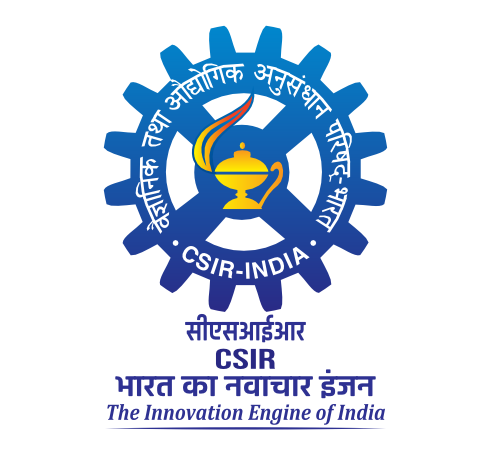Effects of advanced oxidation process on biological treatment of spent fermentation broth
Rahul, Gautam and Sreevathsan, Sivakumar and Inchara, Crasta and Thallada, Bhaskar and Sandeep, Mudliar and Debashish, Ghosh (2025) Effects of advanced oxidation process on biological treatment of spent fermentation broth. Journal of Environmental Science and Pollution Research, 32. pp. 371-382.
|
PDF
s11356-024-35779-1.pdf - Published Version Restricted to Registered users only Download (2MB) | Request a copy |
Abstract
The present study aimed to establish the feasibility of the wastewater treatment process generated from an oleaginous fer- mentation plant. Treatment of spent fermentation broth (SFB) poses significant environmental challenges due to its high organic load, recalcitrant compounds, and potential toxicity. The synergistic effects of combining ozone-based advanced oxidation process (O3-AOP) with biological treatment for the efficient degradation of pollutants in spent fermentation broth. O3-AOP aimed to decolorize SFB and improve the biodegradability index (BI). After O3-AOP pretreatment, color, chemical oxygen demand (COD), and biochemical oxygen demand (BOD) were reduced by 92, 22.3, and 4.7%, respectively, with the improvement of BI from 0.59 to 0.72. Furthermore, the anaerobic–aerobic sequential system (AASS), where anaerobic digestion (AD) was followed by an aerobic treatment process (ATP), ~ 93.08 and 91.53% COD and BOD reduction were achieved. In turn, 197 mL of maximum cumulative bio-methane was produced during AD. The inoculum for AASS resulted in color enhancement during the digestion process. O3-AOP post-treatment, after AASS, lowered the color to 80 NTU, with a final 93.6% color removal efficiency. Before and after treatment, the water quality index (WQI) decreased from 12,642.83 to 719.65 (weighted arithmetic WQI), suggesting the unacceptability of the water for portable usage. However, the phytotoxicity analysis of 70% seed germination suggested its nontoxic nature in agricultural field activity. Through the WQI assessment, it was evident that the pollution potential of the SFB was reduced significantly during the treatment process, but the treated stream was not suitable for potable use, and further treatment processes, such as membrane filtration and evaporators, were recommended to re-use the water within the system to reduce the freshwater demand. The findings influence the augmenta- tion of sustainable and environmentally friendly wastewater treatment approaches for the biotechnological industry.
| Item Type: | Article |
|---|---|
| Uncontrolled Keywords: | Biodegradability · Ozonation · Pollution · Wastewater · Water quality index |
| Subjects: | 500 Natural Sciences and Mathematics > 07 Life Sciences > 01 Biology > 03 Environmental Biology |
| Divisions: | Food Protectants and Infestation Control |
| Depositing User: | Somashekar K S |
| Date Deposited: | 25 Jun 2025 06:14 |
| Last Modified: | 25 Jun 2025 06:14 |
| URI: | http://ir.cftri.res.in/id/eprint/19600 |
Actions (login required)
 |
View Item |

